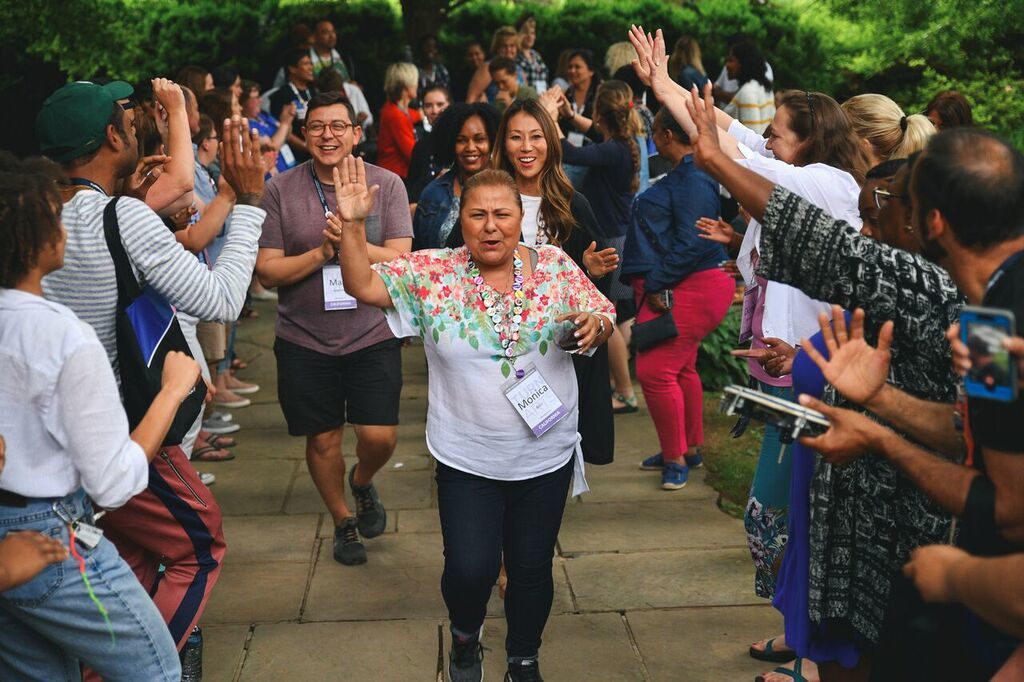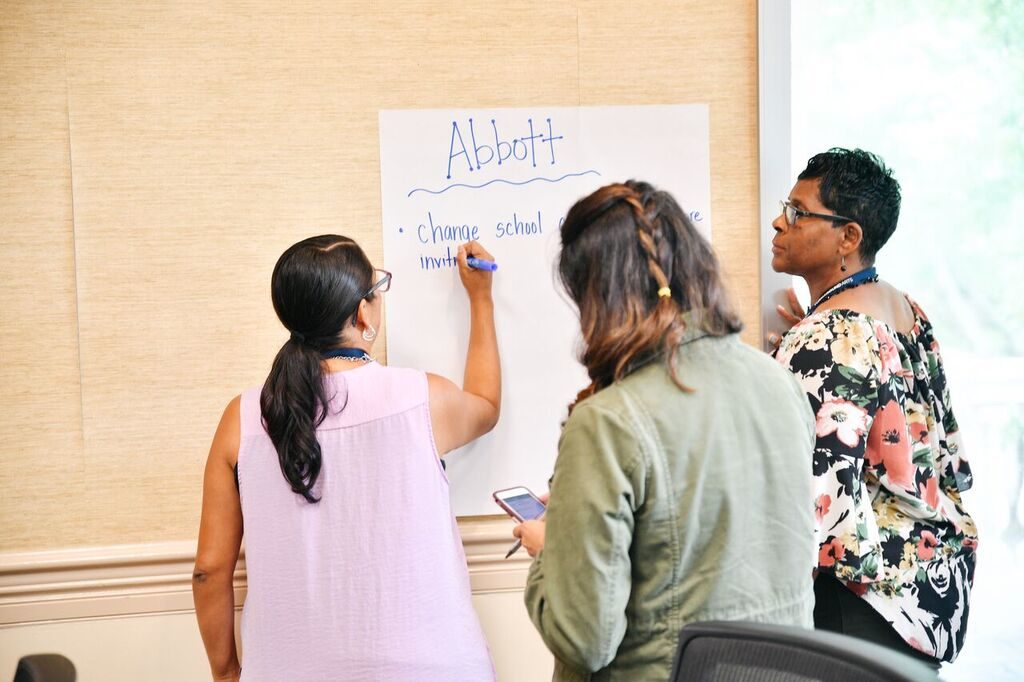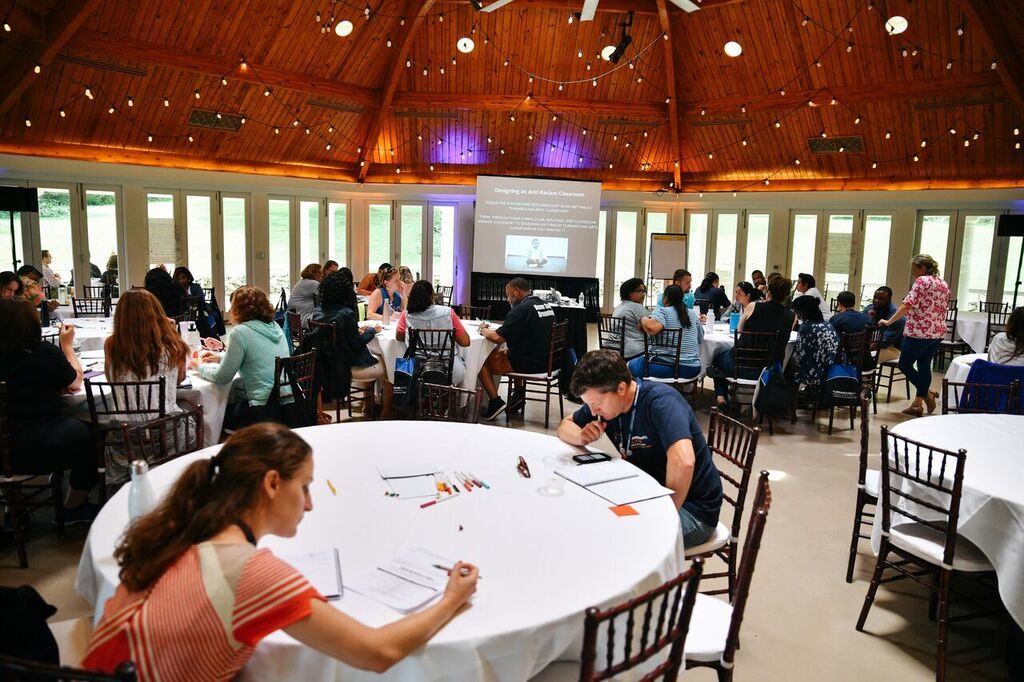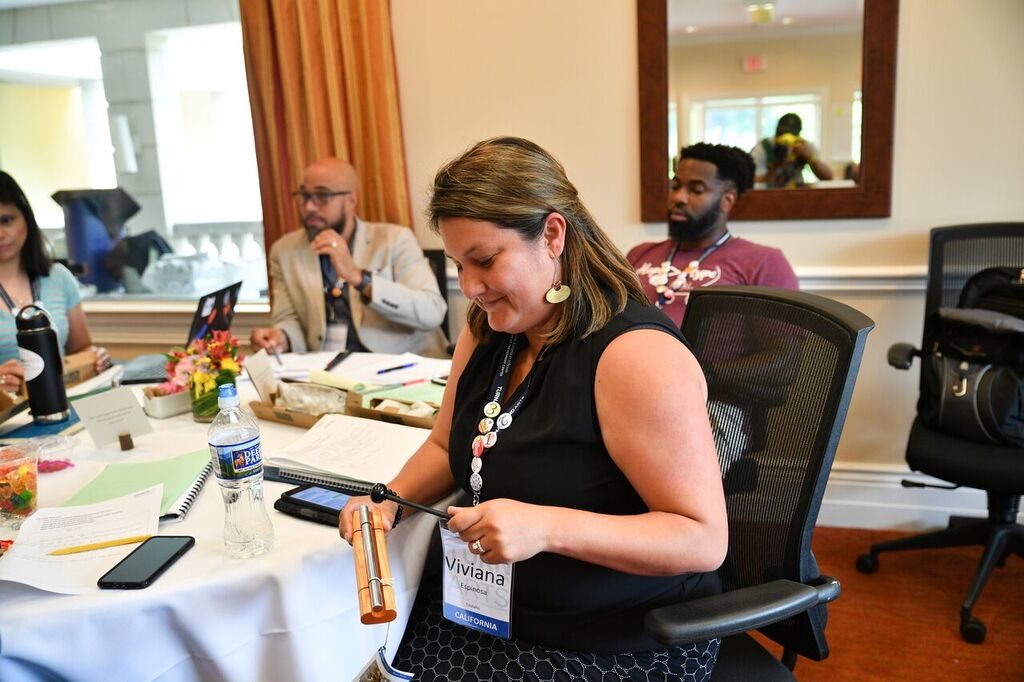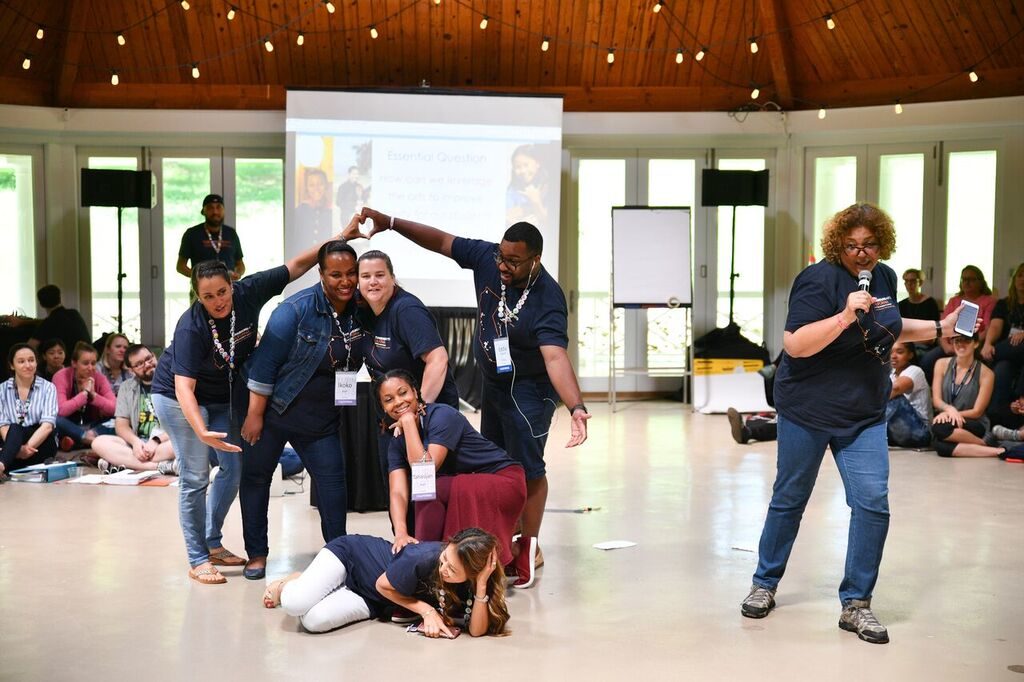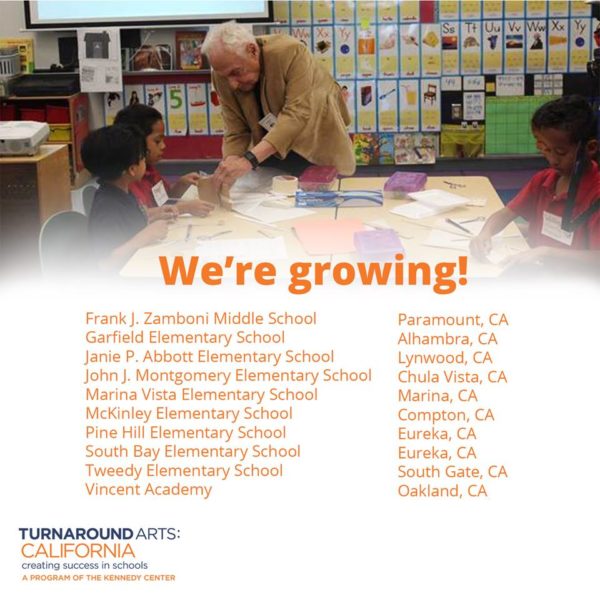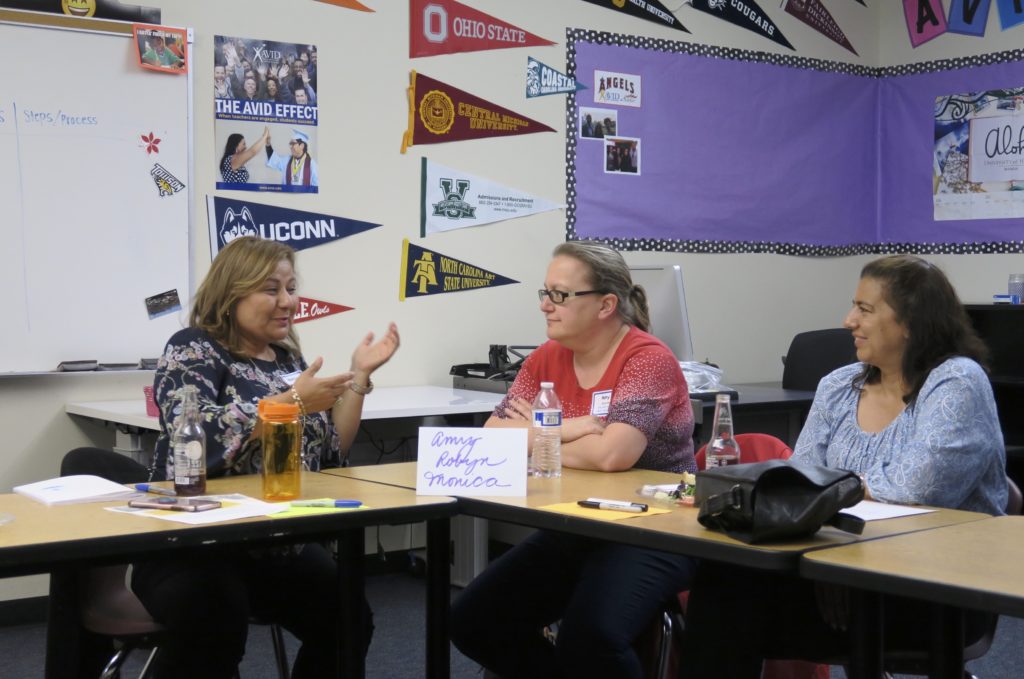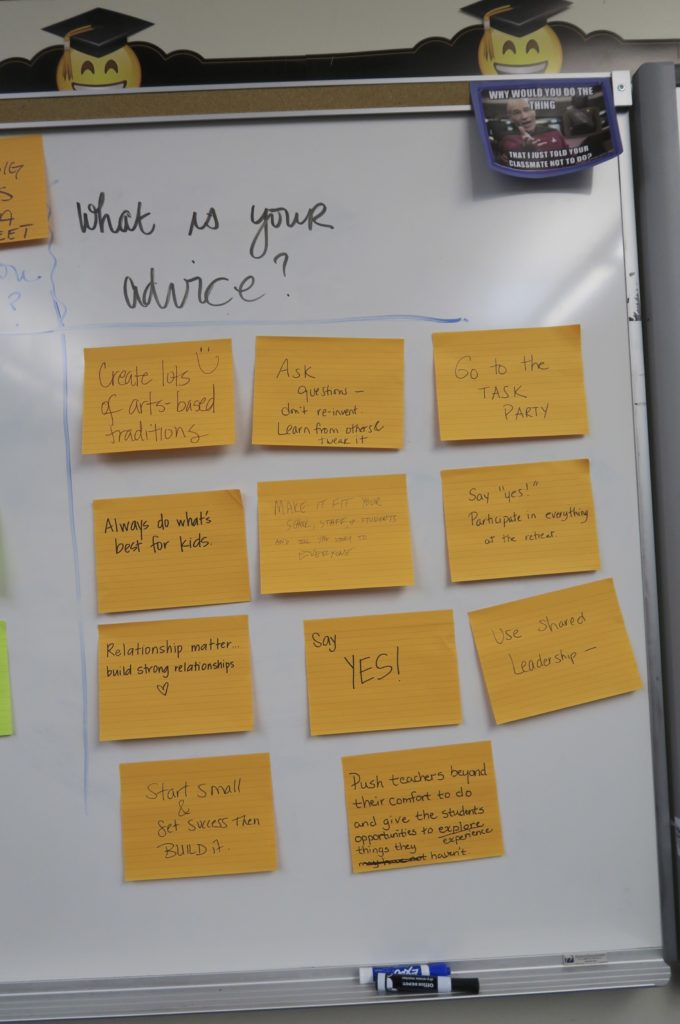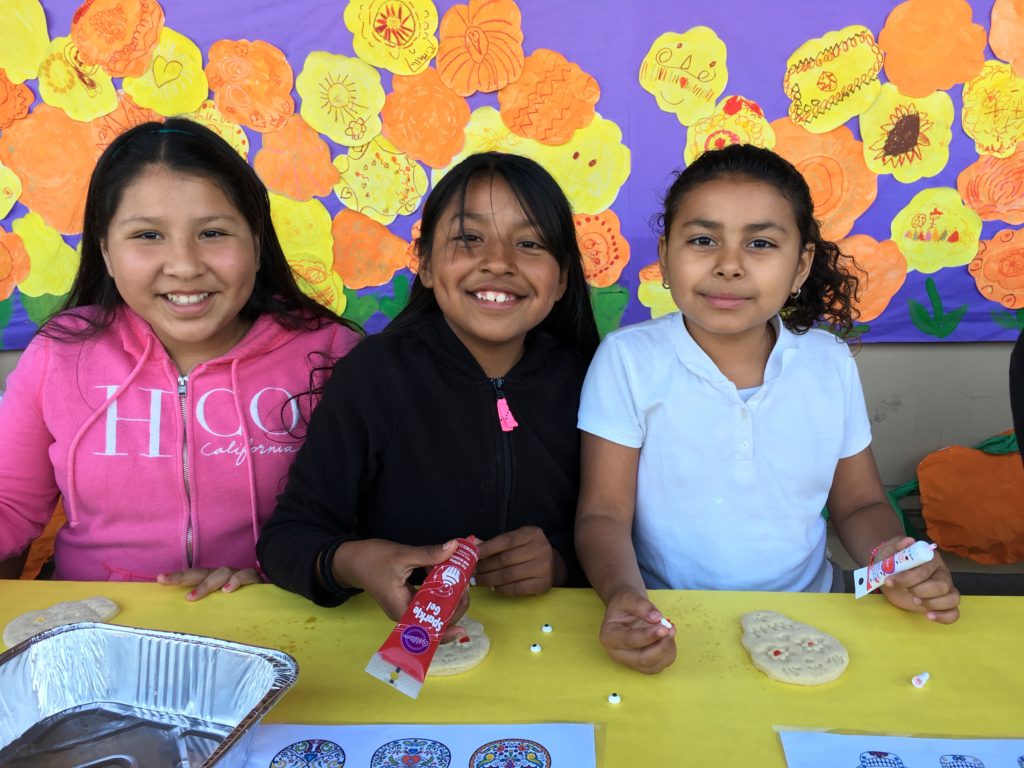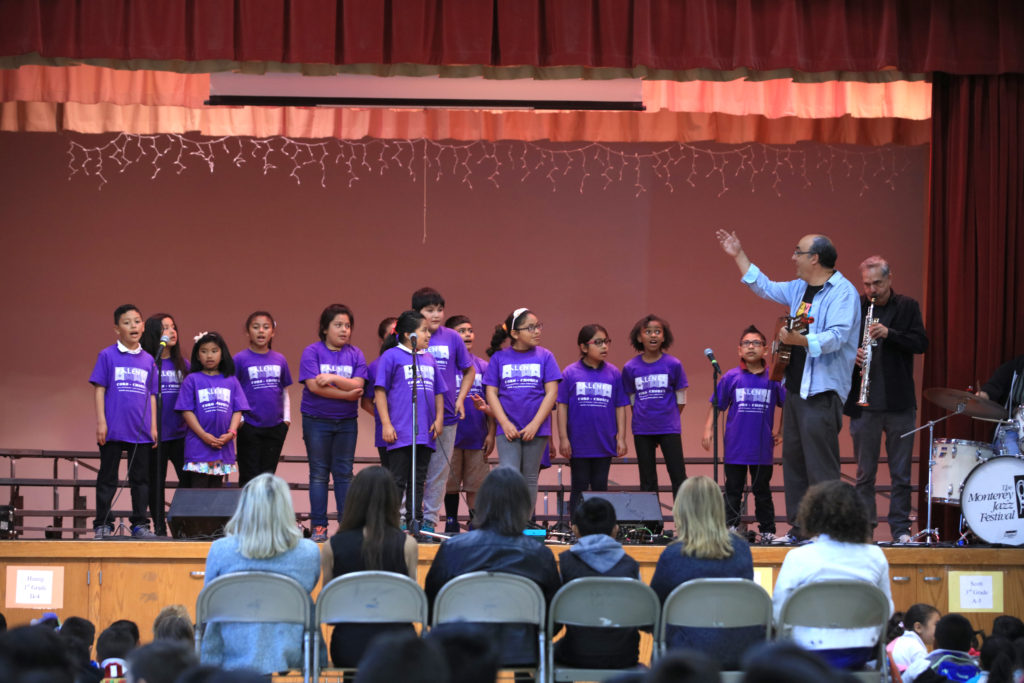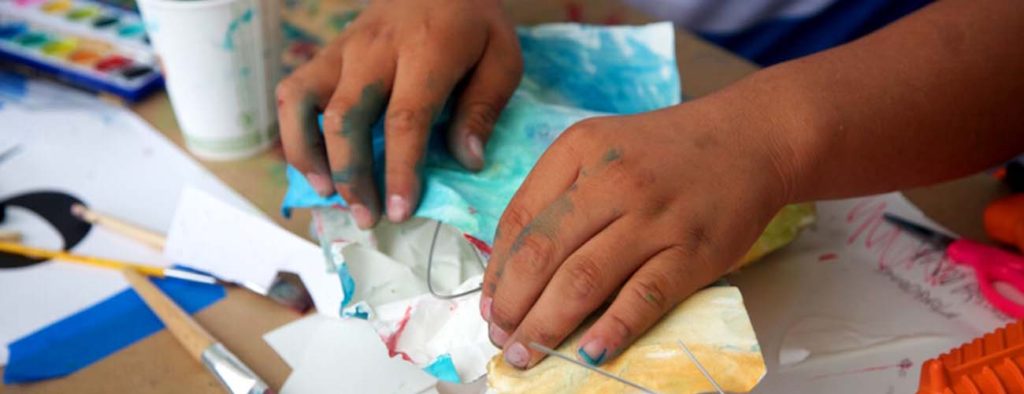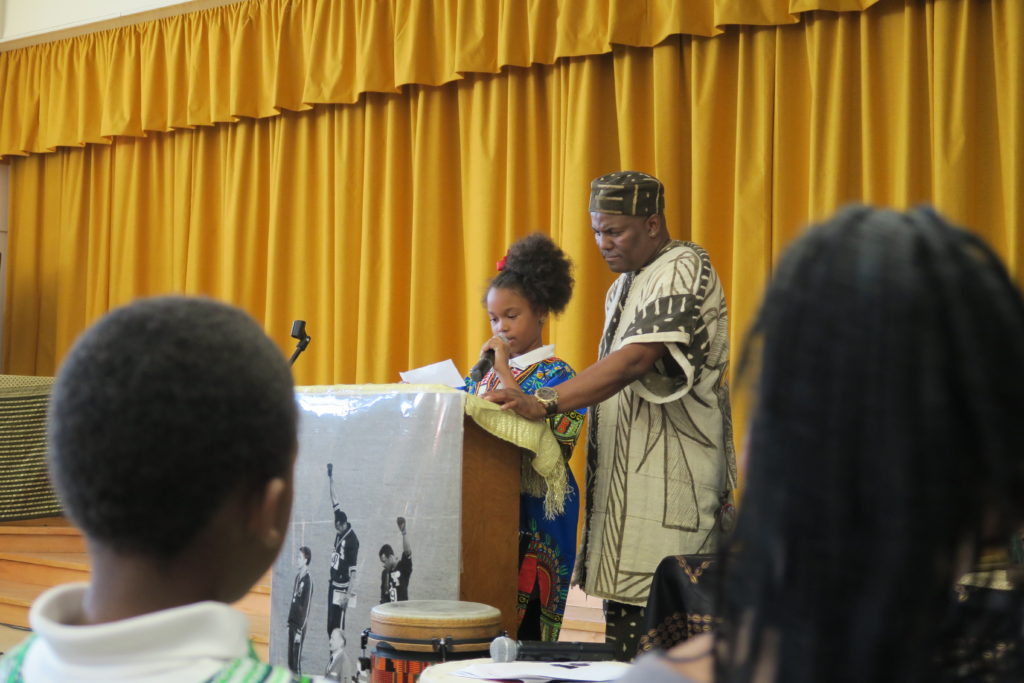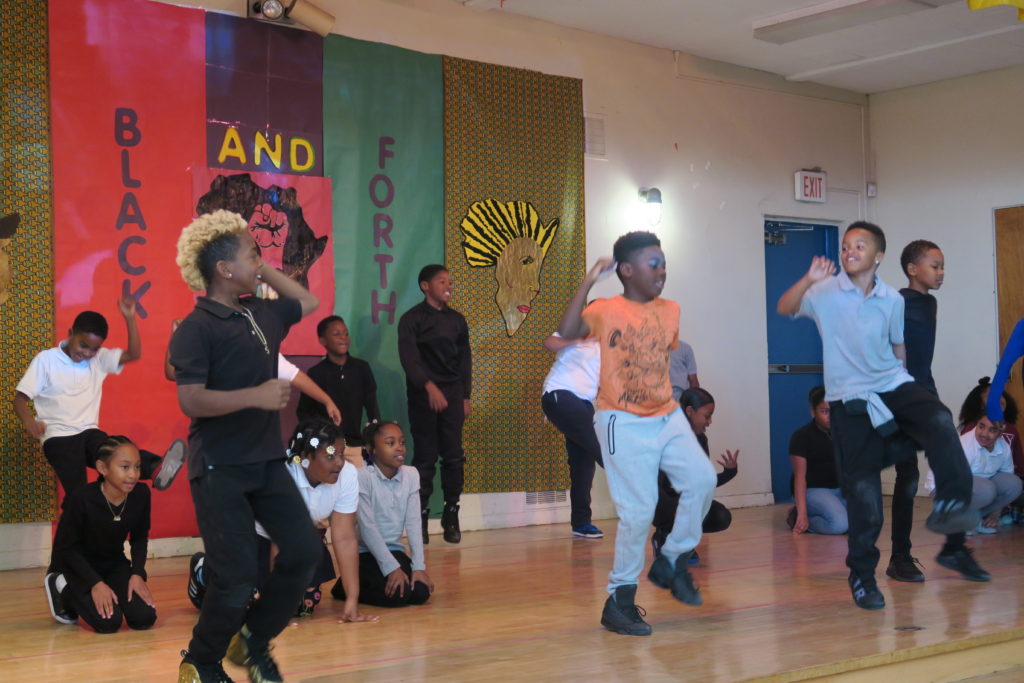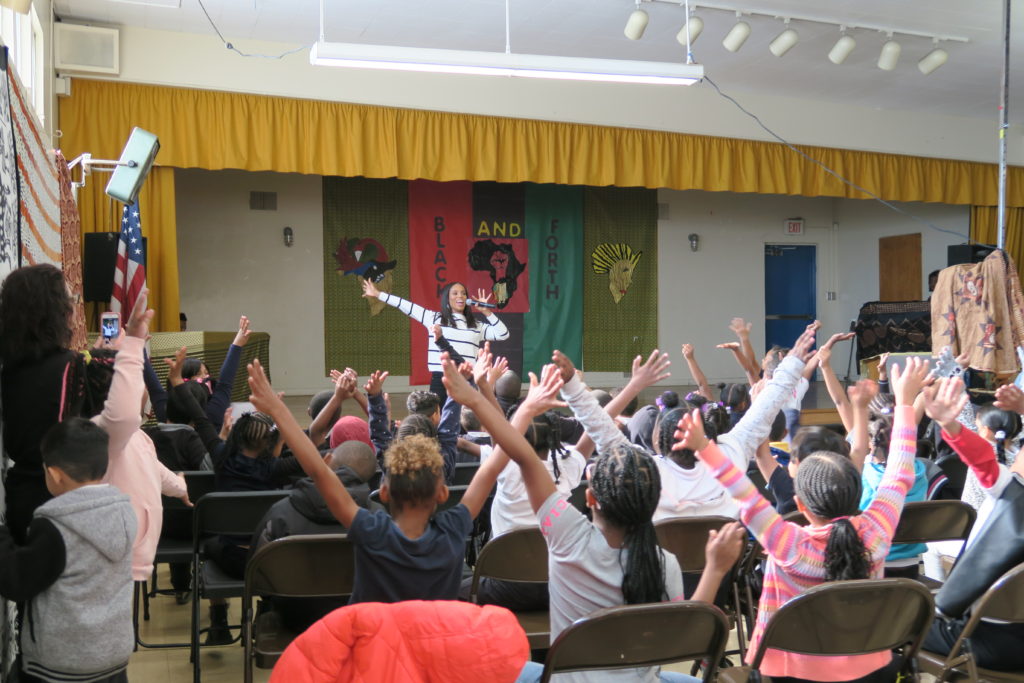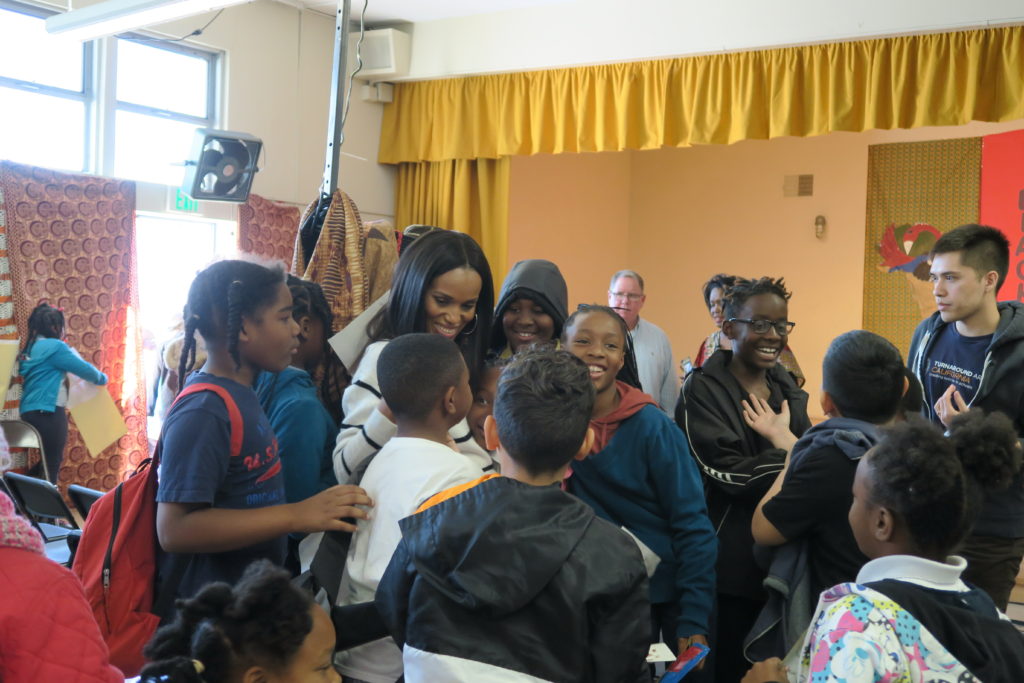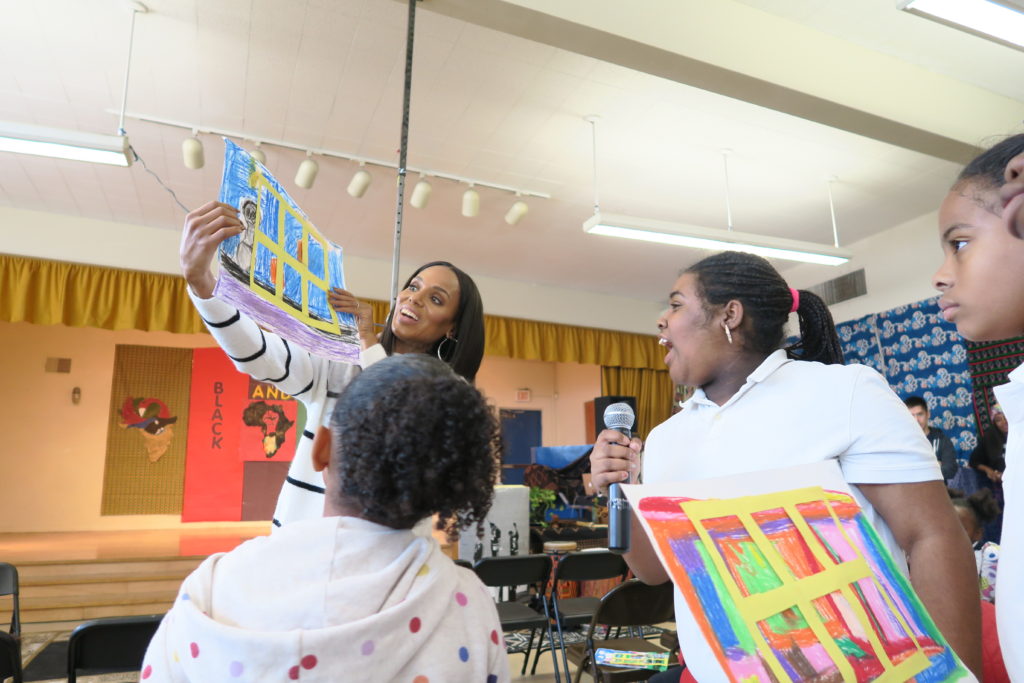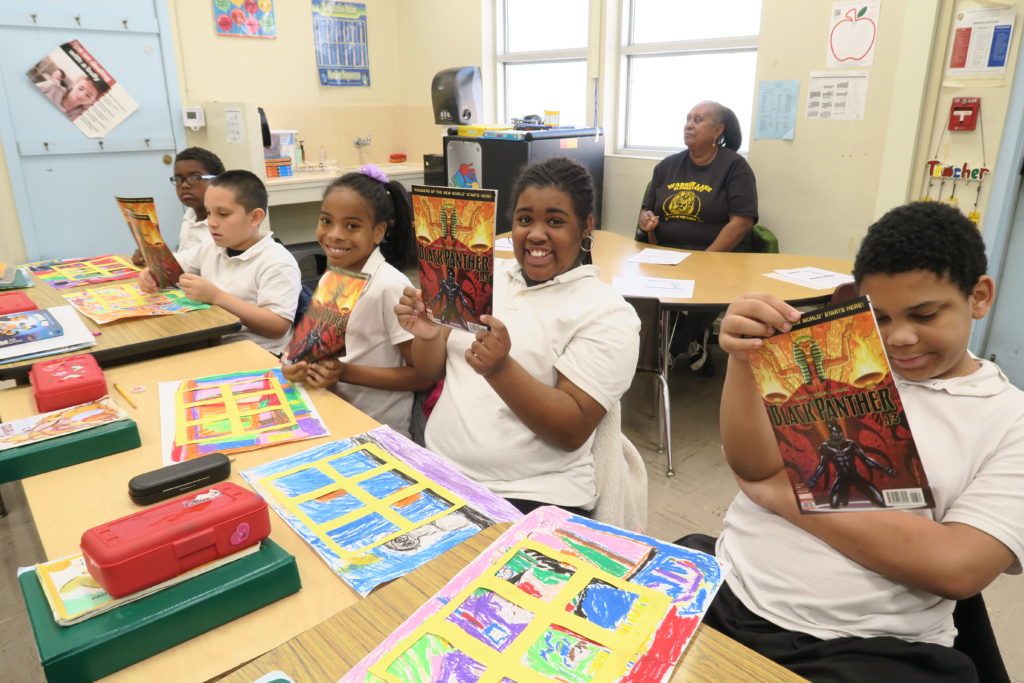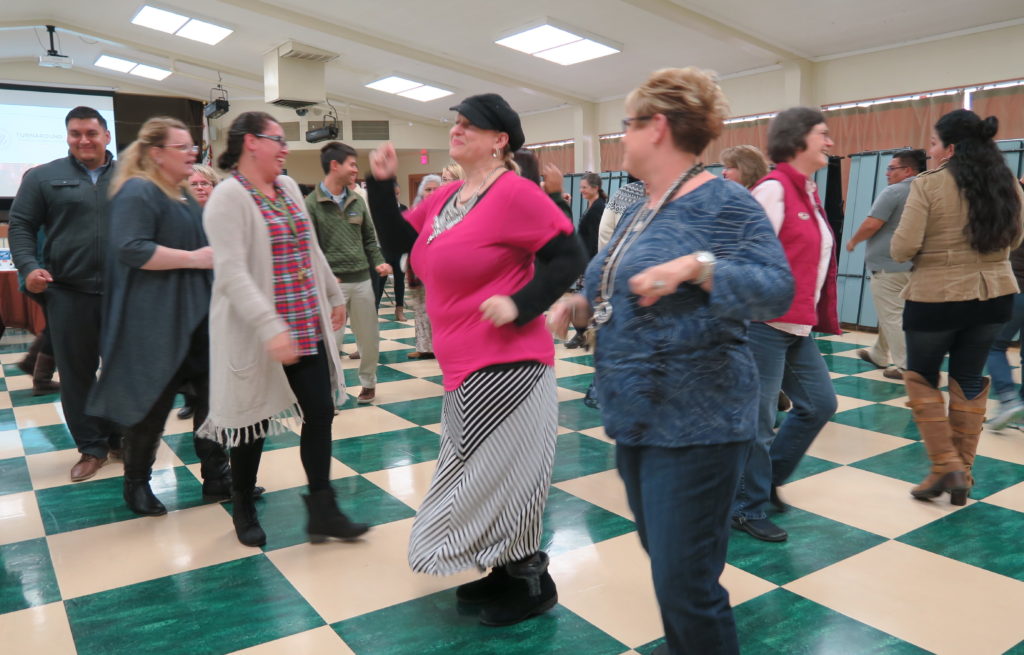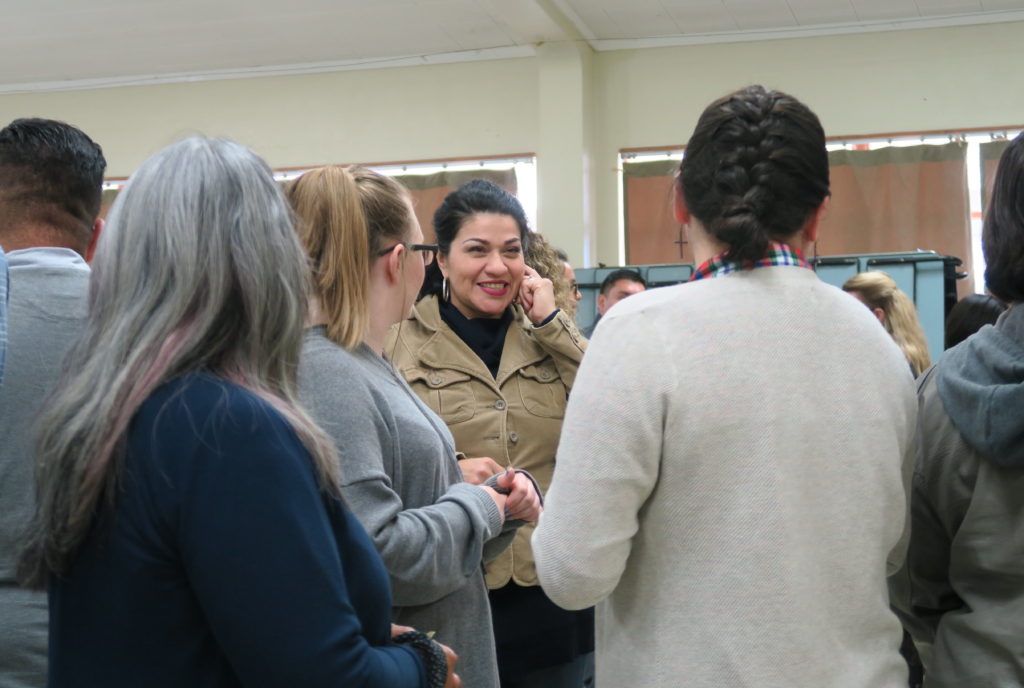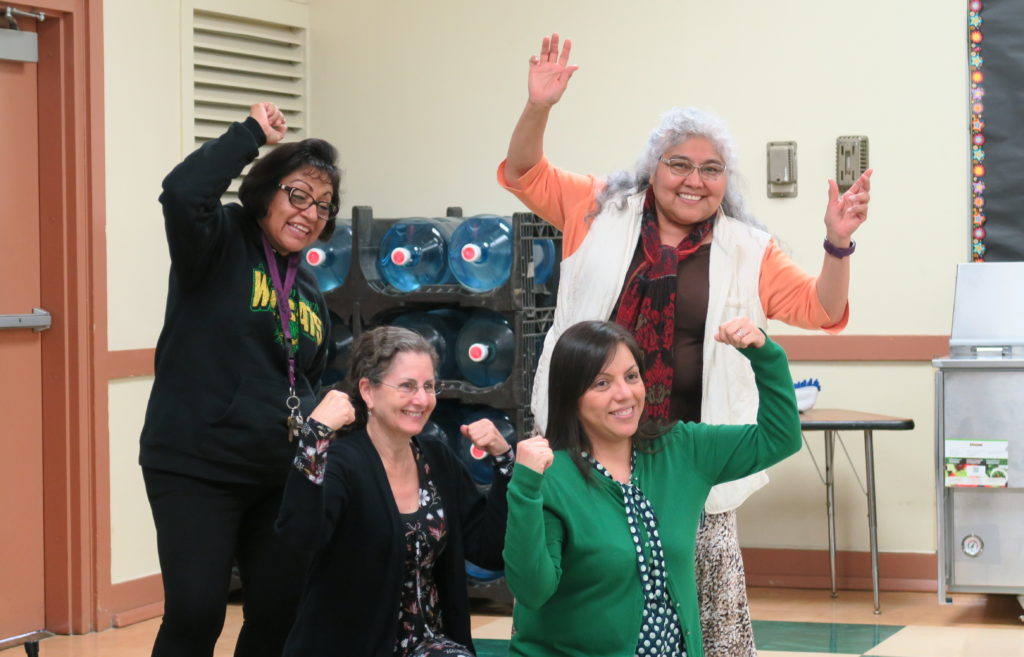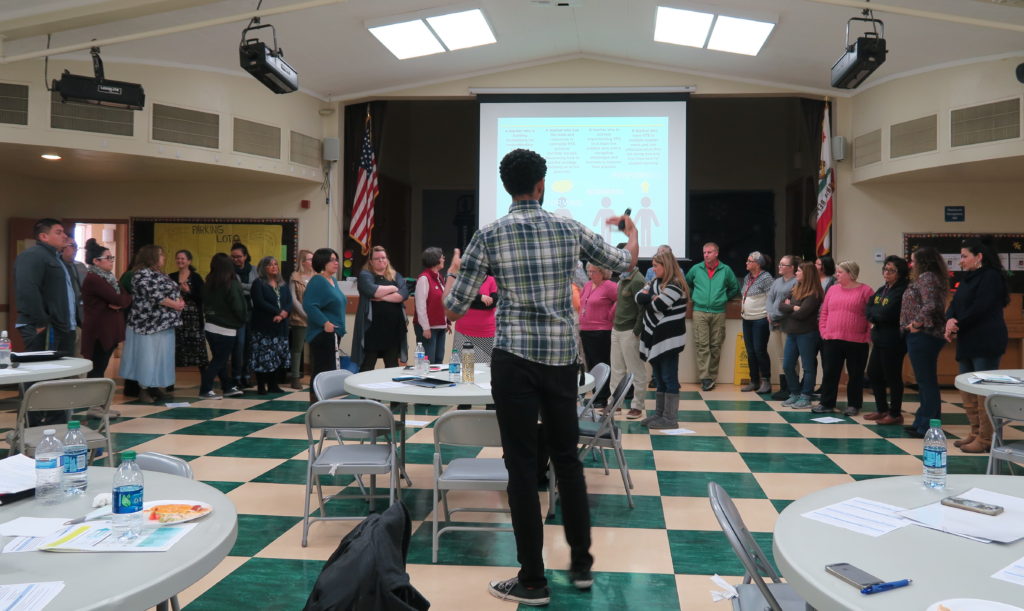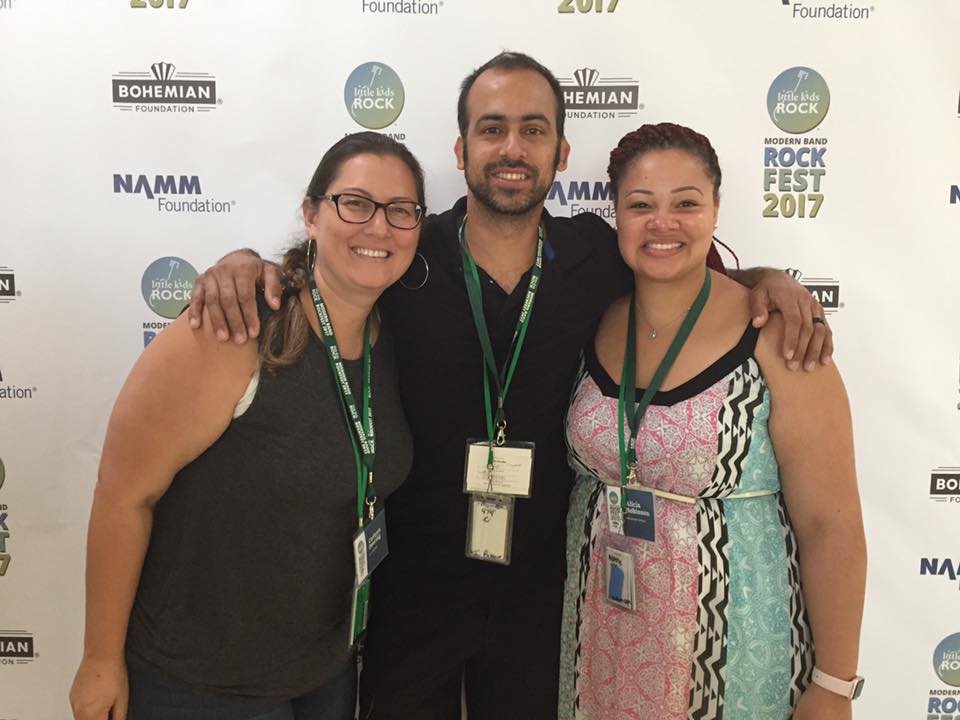Tell us about yourself
I am a public school kid from Long Beach, CA, double-majoring in Public Health and Dance. I am currently a Junior attending Tulane University through the Posse Foundation, which provided me with a leadership and merit-based full-tuition scholarship.
This summer I was lucky enough to be the Program Research Intern for Turnaround Arts: California thanks to the Getty Foundation Multicultural Undergraduate Internship program. Over the past 10 weeks, I’ve been collaborating with the program team to research local arts and cultural resources and create asset-maps for the different regions across California where Turnaround Arts: California schools are located.
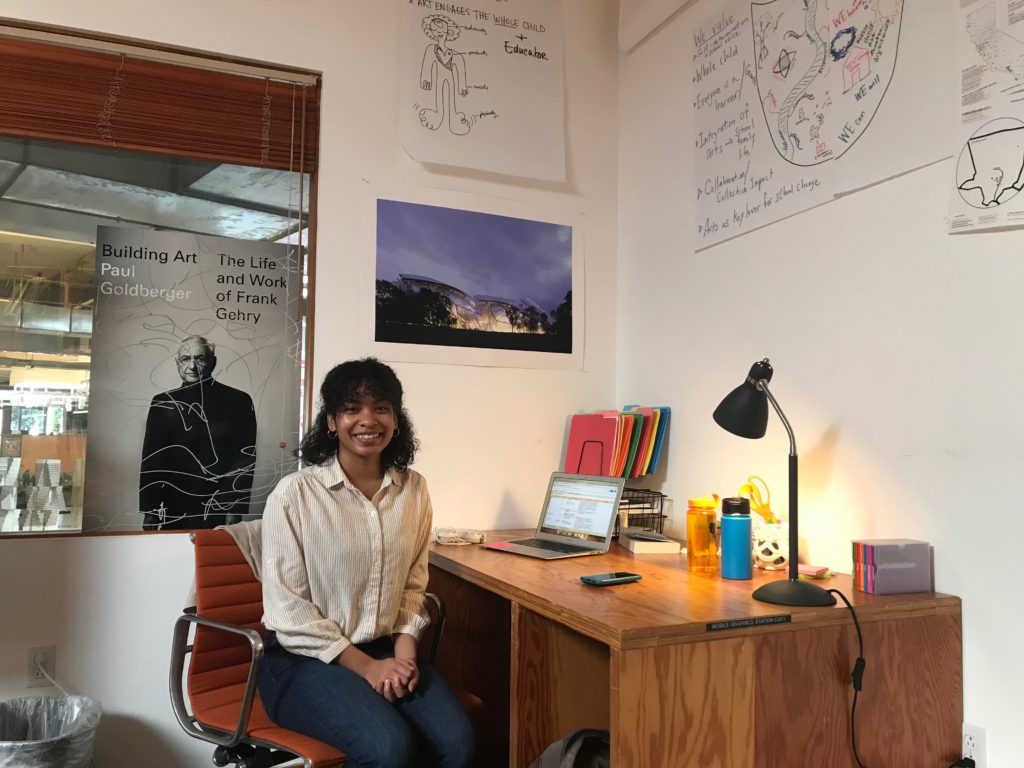
Why did you choose to intern at Turnaround Arts: California?
I chose to intern with Turnaround Arts: California because I found unique parallels between public health and their work in arts integration within elementary and middle schools.
Public health programs seek to address a health issue by suggesting an intervention that is developed in collaboration with members of the program’s community. Similarly, Turnaround Arts: California seeks to empower historically marginalized and inadequately resourced elementary and middle schools by strategically leveraging the arts towards school-defined goals.
In fact, research shows that access to the arts improve health outcomes, and learning about arts education through this internship was a way I hoped to explore that connection.
What do you like most about working with Turnaround Arts: California?
The amount of faith the staff had in me! Yes, I had my individual work, but I was also invited from the very beginning to learn about the program, participate in conversations, and help out wherever I could. The staff was always open to answer any questions I had or to listen to my thoughts. They were eager to support and get to know me. It was empowering to be included like that.
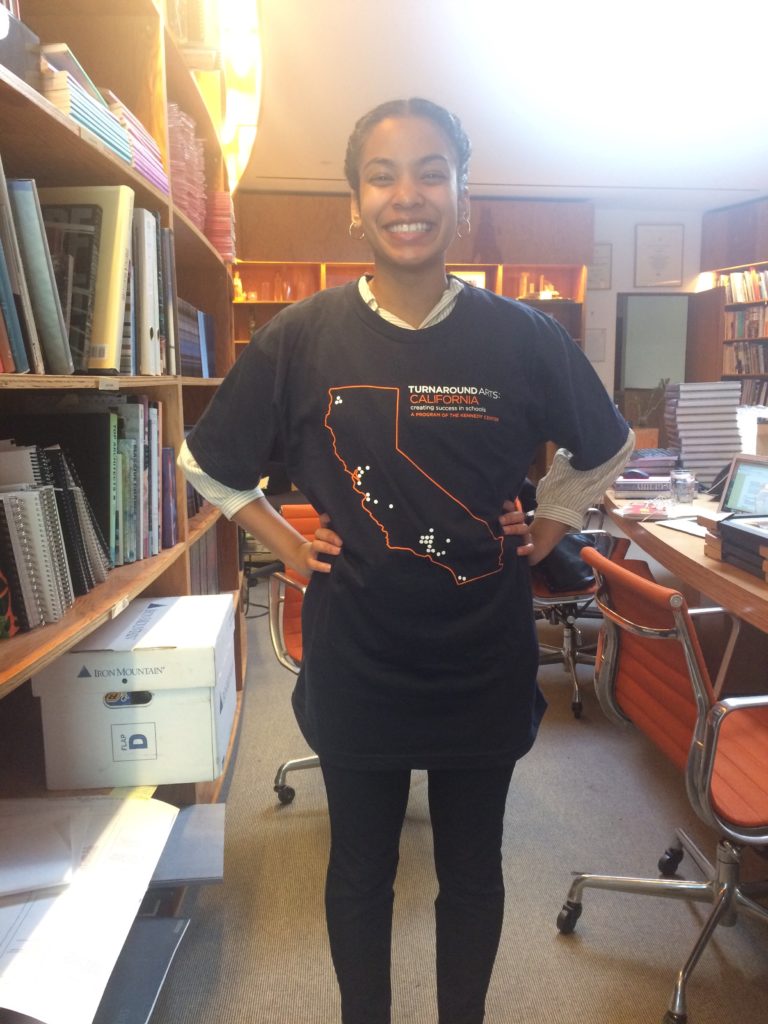
What’s the most exciting thing you worked on?
Researching arts and cultural community assets was both exciting and terrifying. Exciting because I had a lot of flexibility with my own work — from searching for local organizations to deciding how to record and present my data. Plus, I got to learn a lot about some incredible arts communities and local arts education work being done across California. But, terrifying because the fear of failure or feelings of not having done enough can be daunting.
What was your most memorable experience?
During our annual staff retreat, we had an intentional conversation about equity and anti-racism. I felt proud of being a part of a team who sees value in dialogue and understands how race and class impact ourselves as individuals, the work we’re doing, and the people we’re serving. Getting to participate in the first of many discussions about that was very special to me, and I’m so excited for them to continue that work.

Describe your internship experience in three words
Manage your expectations.
(An important reminder for those of us who tend to be overambitious when setting them.)
Anything else?
Shout out to Barbara, Angela, Heather, and Jacob! They are all incredible, and I will miss working with all of them. And, best of luck to our new Turnaround Arts: California schools — I’m so excited for you all to join the family and continue growing through the arts!



